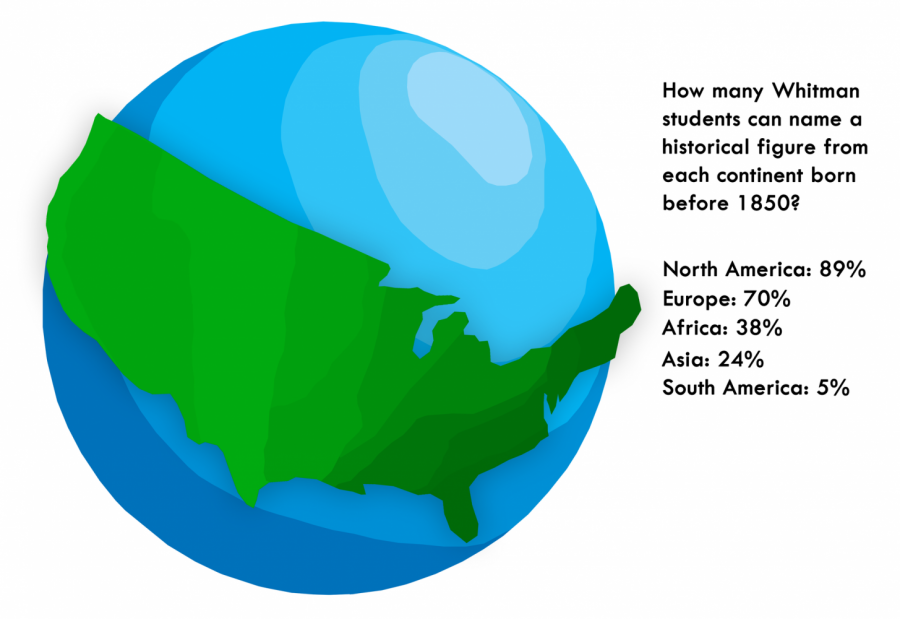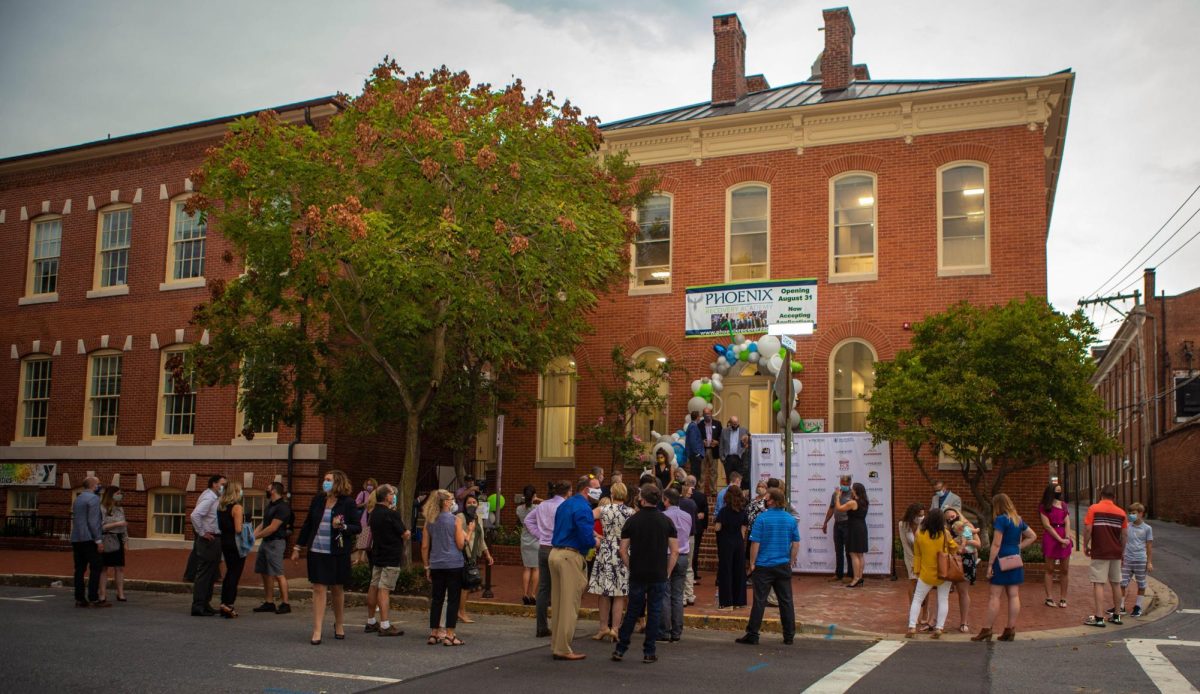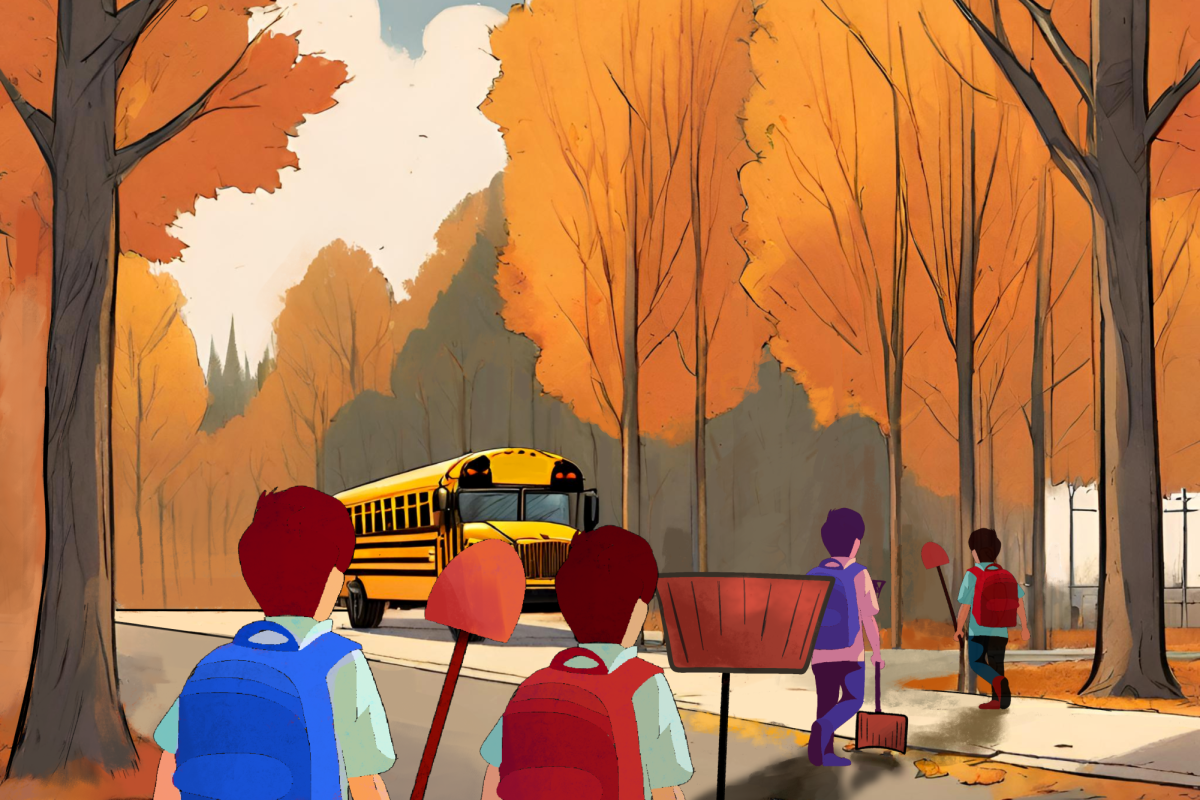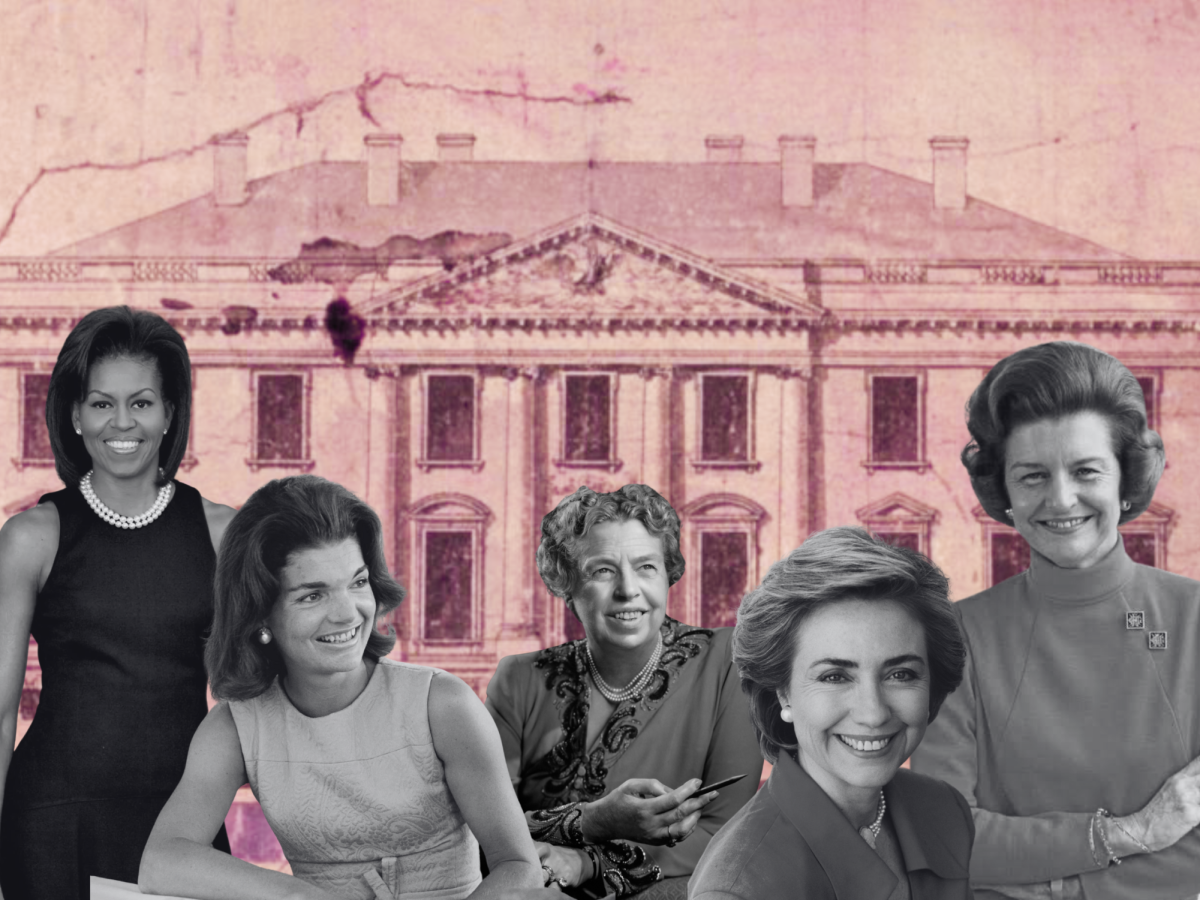‘America First’ has no place in history classes
October 3, 2017
By the time most students take U.S. History in high school, they’ve already developed fixed ideas about the Revolutionary War, the Civil War and World War II, thanks to ideas that have been ingrained in their heads throughout elementary and middle school. But most students have little knowledge of the communist revolution in China, the colonization of Africa by European colonial powers or even where many of the countries of the world lie on a map.
Lack of knowledge about global history can be attributed to students’ limited exposure to countries other than the U.S. until sixth and seventh grade. MCPS’s K-5 social studies curriculum only mentions areas of the world other than the U.S. twice: African geography and European exploration (Columbus reaching, yes, North America). In order to create a more informed student body, MCPS should incorporate global perspectives in social studies curriculums beginning in elementary school.
The absence of instruction about global issues leaves a gap in our education. In a Black & White survey, 89 percent of Whitman students could name a historical figure born before 1850 from North America and 70 percent could from Europe, whereas only 38 percent could name a figure from Africa, 24 percent from Asia, and 5 percent from South America.
Whitman students’ lack of global knowledge is a microcosm of a larger problem: many Americans are terribly misinformed about the world, and such false notions lead to misguided foreign policy. For example, the average American thinks the U.S. spends 27 percent of the federal budget on foreign aid, according to a World Public Opinion Poll, when the reality is closer to 1 percent. This misconception contributes to Americans’ reluctance to support foreign aid.
When Americans center their attention on the U.S., only one version of history—one that European settlers narrate—is deemed acceptable.
When Americans center their attention on the U.S., only one version of history—one that European settlers narrate—is deemed acceptable. African history is more than slavery, Japanese history is more than internment and Mexican history is more than the Alamo. Without learning about these cultures beyond their interactions with America, it’s difficult for students to comprehend their contributions.
Early education is key to changing students’ mindsets. Children develop their perception of the world and moral viewpoints mostly before the age of eight, according to the National Association for Education of Young Children.
I personally struggle with looking at issues from a global perspective. During debate, I find that topics concerning international relations consistently require me to complete significantly more research than those that deal with domestic issues. Resolutions about Israel, Cuba, Colombia and South Korea left me wishing I had learned about these countries in school.
Critics say that educators should prioritize U.S. history so that students can be better citizens, or that the more complex world history—often rife with difficult subjects, like colonization and genocide—is better left to middle school and beyond. While learning about Mesopotamia or the Aztecs in middle school may be a start, any time period taught past ancient civilizations only covers European history—hardly a representative sampling of world history. Not to mention that by middle school, schools have already encouraged students to view the world through an America-centric lens.
U.S. history is taught year after year in elementary school, so taking some time to learn about the rest of the world wouldn’t necessarily hinder students’ learning—if anything, it would enrich it. Additionally, the MCPS Office of Curriculum and Instructional Programs could simplify world history to make it more age-appropriate, just as the U.S. history curriculum is broken down for elementary school students today.
Social studies curriculums must reflect that America is both a melting pot of ethnicities and part of a global community. It’s time we learn about something beyond our country, and elementary school is the perfect time to start.











